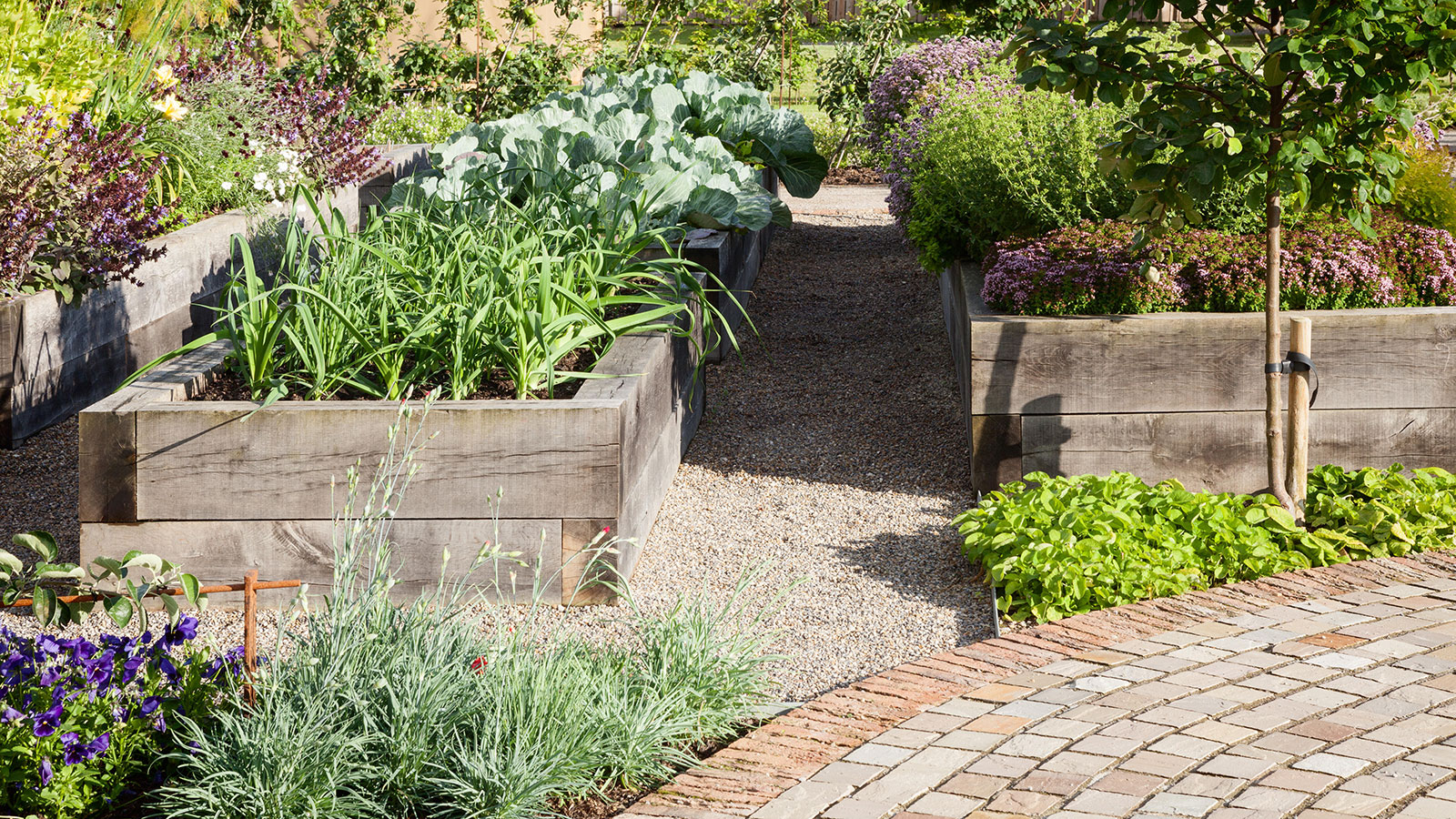
Seaweed is a fantastic natural resource that benefits plants and our soil in many ways. If you want to boost soil health, have stronger plants, and a garden packed with flowers and vegetables, there are different ways to apply seaweed as garden fertilizer.
There are many seaweed-based garden fertilizers to choose from, which come in either granular or liquid form, or you can gather fresh seaweed to use as mulch, add to compost, or brew a nutrient-rich DIY plant food.
When you use seaweed in the garden, most plants will benefit as it is a great natural all-around feed. This guide highlights four ways to apply seaweed as garden fertilizer to boost plant growth and soil fertility.
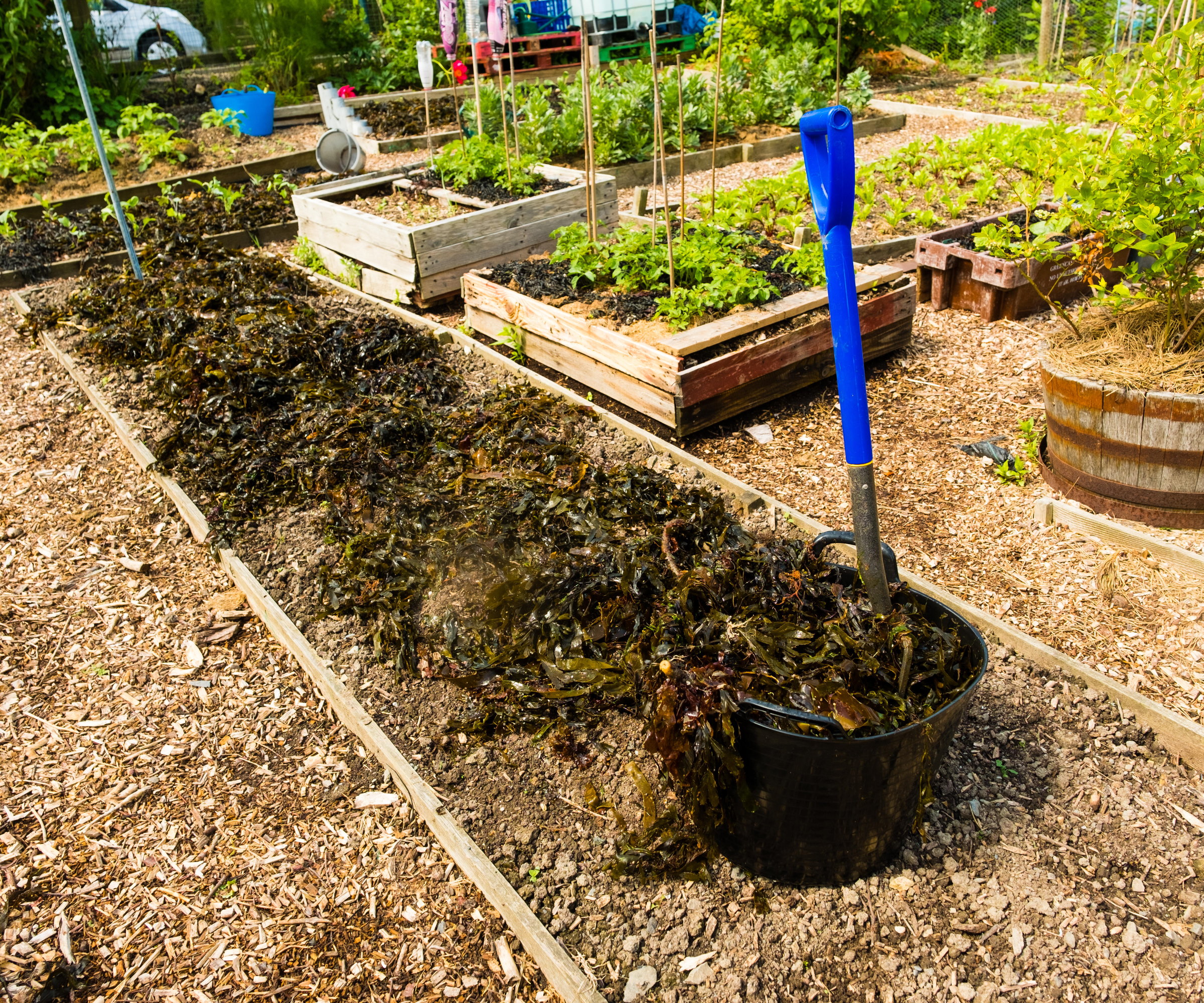
Use seaweed as garden fertilizer - 4 ways to do it
The following ways to use seaweed as garden fertilizer differ by how quickly they make an impact and what overall benefits they offer. The method you choose will likely depend on whether you have access to fresh seaweed.
1. Buy seaweed-based fertilizers
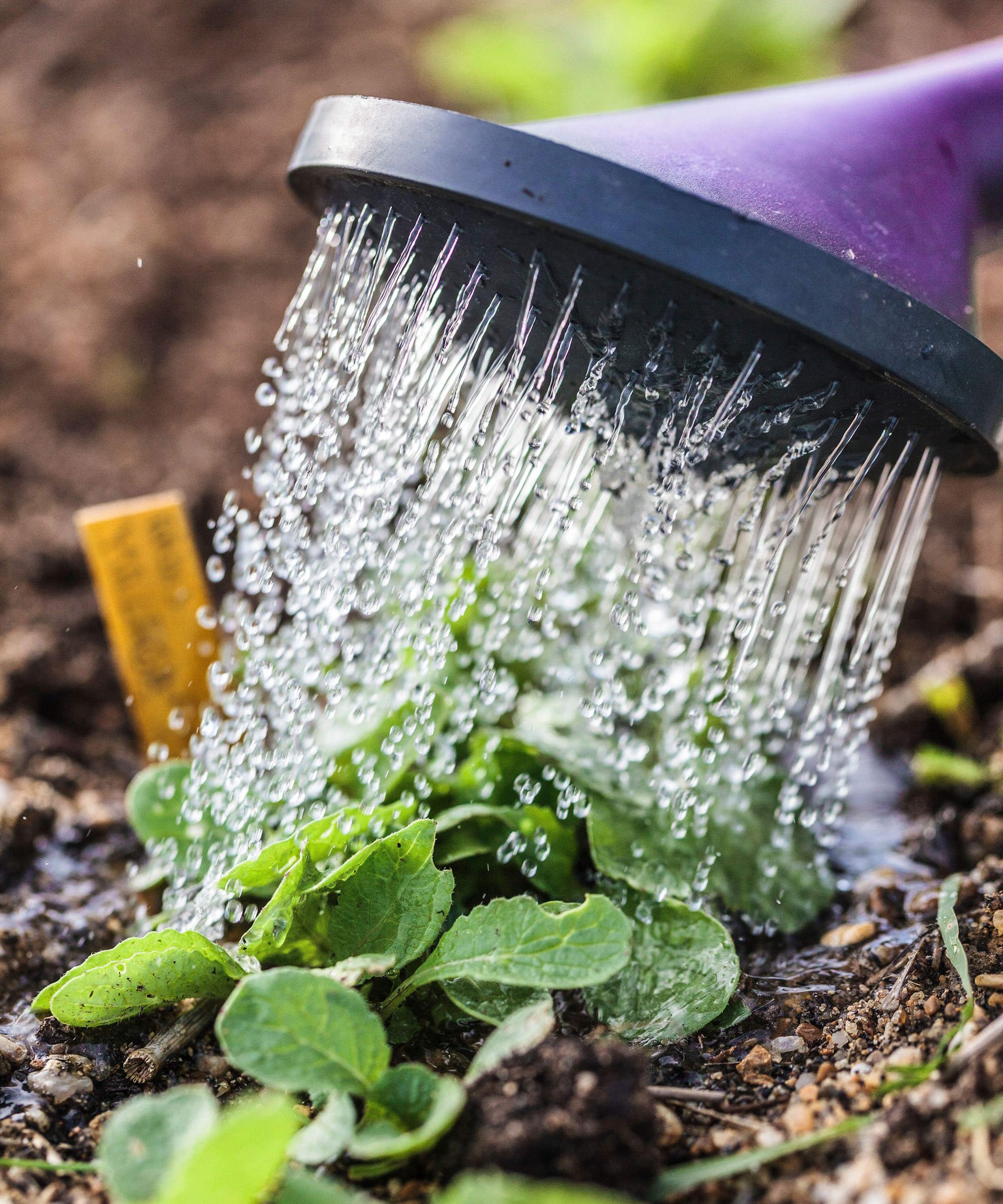
The easiest way to utilize seaweed as garden fertilizer is to buy seaweed-based fertilizers on sale in garden centers or online throughout the year.
These natural feeds contain essential nutrients and natural compounds to encourage healthy growth and boost soil health. The reward is stronger plants, healthier soil, and more flowers and fruit.
Dried seaweed products include seaweed meal or kelp meal. The seaweed is harvested, dried, and crushed into a fine powder-like substance that can be spread around the base of your plants and mixed into the soil as a natural fertilizer.
Liquid seaweed feeds are popular among gardeners to feed flowers and vegetables throughout the growing season. These products are mixed and added when you water plants to add supplemental nutrients to benefit plants.
Some liquid seaweed products have extra nitrogen, phosphorus, and potassium added into the mix, so always check the NPK make-up, as shown as plant fertilizer numbers on the packaging, and apply at the recommended rate.
Espoma Kelp Meal is an organic product derived from brown seaweed harvested from the cold Atlantic Ocean. Incorporate it into your garden to feed plants and condition the soil.
This liquid seaweed fertilizer is suitable for all outdoor plants, including flowers, shrubs, vegetables, lawns, and fruit trees. Mix with water and add when watering plants, or use as a foliar spray.
Sea Magic is a dried and soluble product made from seaweed harvested in the North Atlantic. This 30-gram pack makes 250 litres of liquid organic soil enhancer.
2. Make a DIY seaweed tea
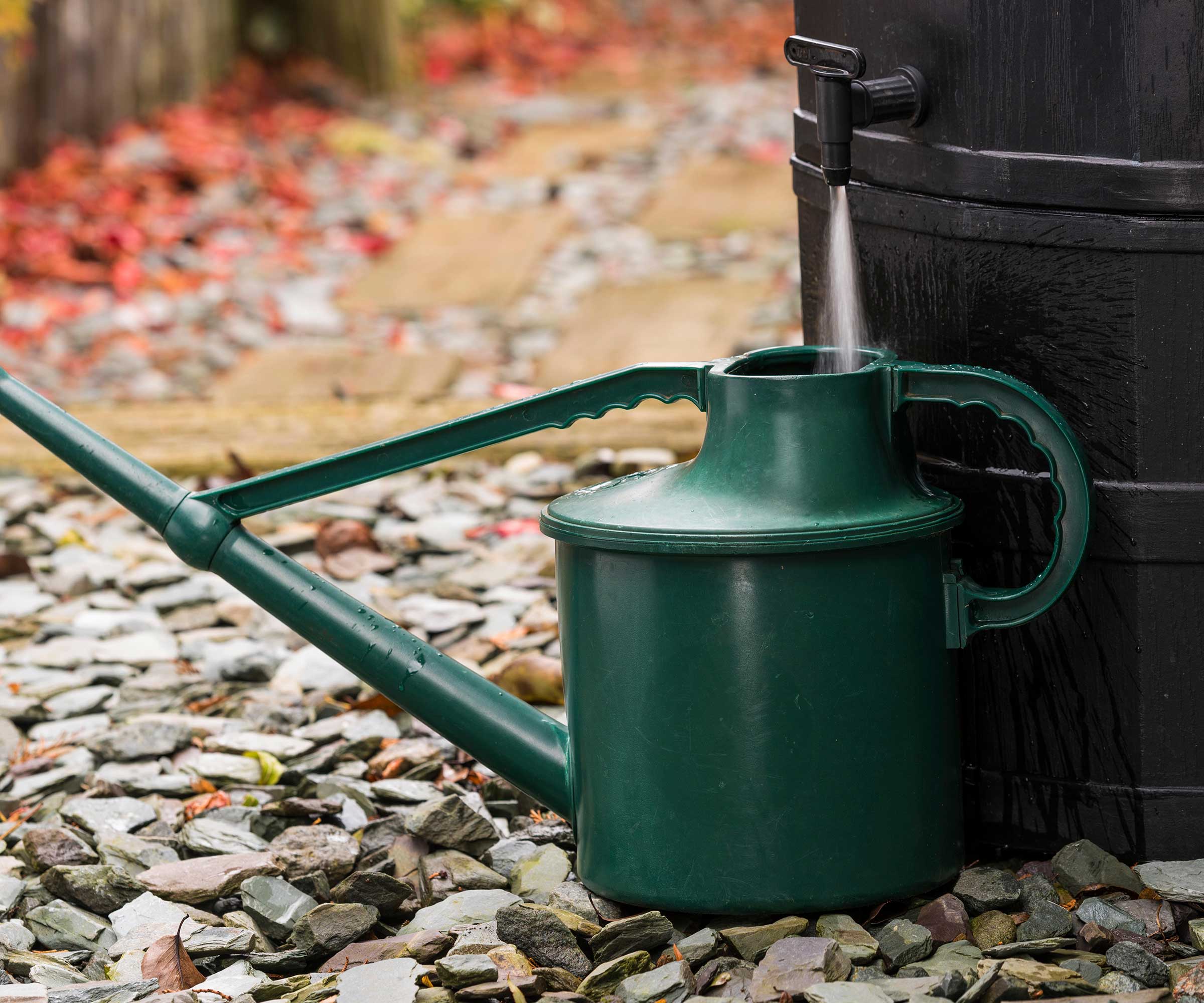
If you have fresh seaweed, you can make a plant fertilizer in just a few simple steps, using a similar method to making comfrey fertilizer. It can be done in four steps, and the resulting seaweed tea can be used as a liquid feed.
- Collect fresh seaweed or kelp and rinse to remove sand, debris, or waste
- Chop the seaweed into pieces
- Place it into a bucket and cover with water
- Cover the bucket with a lid and leave to steep for 2-4 weeks
The resulting seaweed tea is pungent but can be mixed at a ratio of one part seaweed extract to 10 parts water to be used as liquid fertilizer on plants. Use the seaweed fertilizer within three months.
3. Use fresh seaweed as mulch
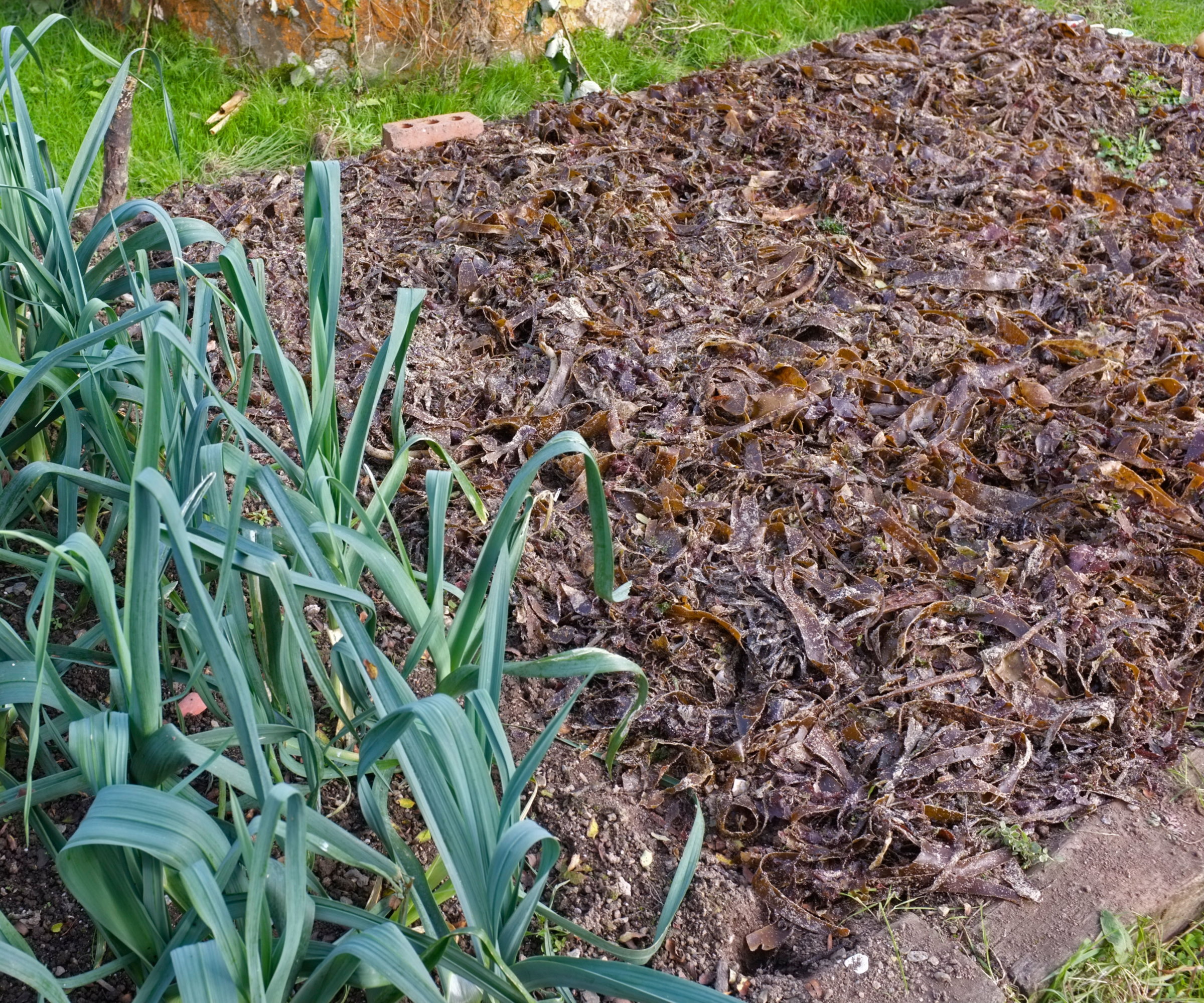
Fresh seaweed can be a fantastic mulching material to enrich any soil type, retain moisture in the ground, and smother weeds. In a more surprising benefit, the natural saltiness of seaweed and the jagged edges, once dried, help to repel slugs.
Gathered seaweed wants to be spread within a couple of days of being collected, or it becomes too slimy and difficult to handle. If you leave seaweed in a bag too long, you are left with a sludgy mess.
Spread the seaweed evenly in layers 4-6 inches deep, keeping a space around plant stems. Natural shrinkage as it dries means that even a thick layer will need a second application around a week later to ensure the best coverage.
Seaweed does not have to be used exclusively as a mulch. It can be added to a layer of compost, well-rotted manure, or leaf mold and still offer many benefits to plants.
It is great for mulching vegetable gardens and raised beds. Due to salt levels, you cannot plant into a layer of seaweed mulch immediately, but rain will quickly wash any excess salt away and make it safe for planting.
4. Add seaweed to compost
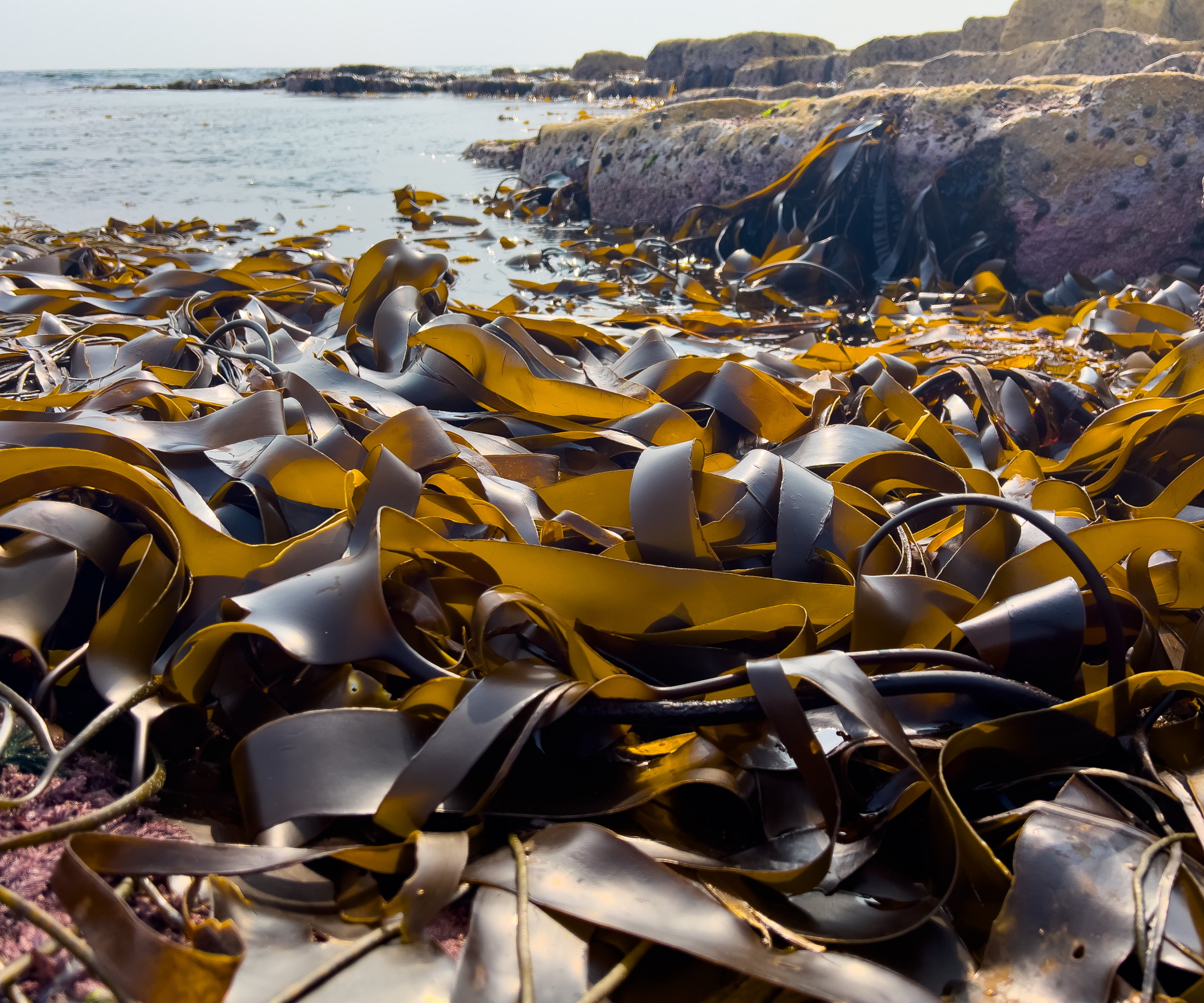
Seaweed is a fantastic material to add to any heap to make compost. The seaweed breaks down to add essential nutrients and minerals to the compost. Chopping up the seaweed can help speed up composting and ensure it breaks down quickly.
Any leftovers from mulching or as a result of making the seaweed tea are best added to the compost heap to break down. There is no need to rinse seaweed before adding it to the compost, but be wary of adding too much in one go.
Seaweed is classed as a ‘green’ material in composting, and you need to add equal amounts of ‘green’ and ‘brown’ ingredients for the best compost. If you have lots of seaweed, mix it with other ‘brown’ ingredients such as leaves, cardboard, or twigs.
FAQs
Is it okay to collect seaweed from the beach?
It is permitted to collect seaweed from the beach, however, rules differ depending on the location, so check your local regulations. There can be restrictions on quantities or seasons. When collecting seaweed, take only fresh seaweed and do not take large amounts. Cut the tips of seaweed and never pull the plant from the base; snipping off the ends allows it to continue to photosynthesize.
As well as using seaweed as garden fertilizer, could you be tempted to make a plant fertilizer using weeds?
Both nettles and dandelions can be turned into nutrient-rich tea by soaking them in water in a similar way to seaweed or comfrey. It offers a sustainable, organic, and free way to feed flower beds and vegetable gardens.







